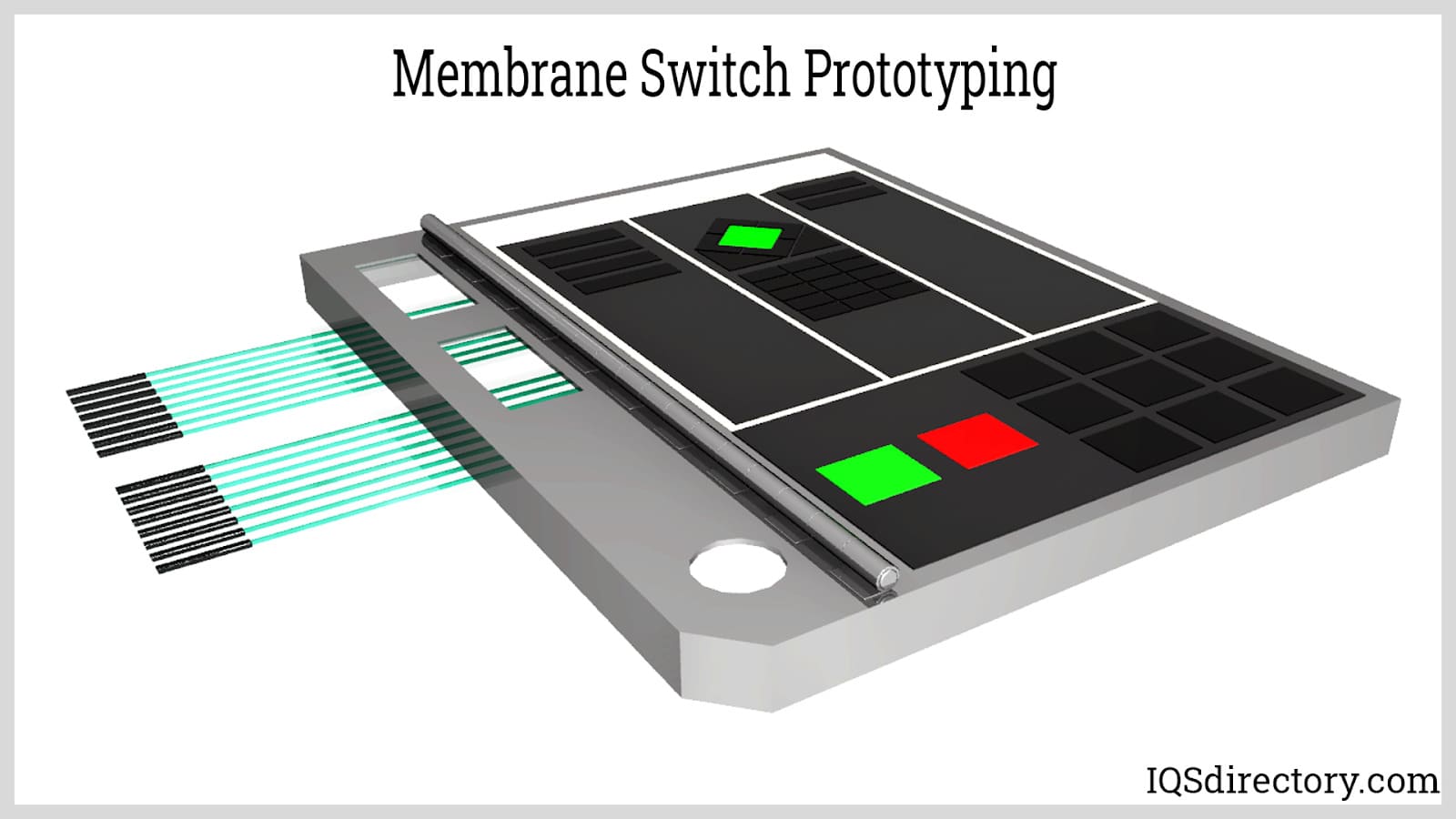Necessary Functions to Look for When Picking a Membrane Switch
Necessary Functions to Look for When Picking a Membrane Switch
Blog Article
Understanding the Capability of Membrane Layer Changes for Individual Interface Tools
The functionality of membrane changes represents a considerable advancement in customer interface layout, integrating effectiveness with aesthetic flexibility. As industries significantly focus on individual experience, understanding the subtleties of membrane layer switch technology comes to be essential.
What Are Membrane Switches?
Membrane layer switches are innovative user interface devices that facilitate individual interaction with digital equipment. These versatile elements consist of several layers, consisting of a graphic overlay, spacer, and a published circuit layer. The style enables for a seamless combination right into numerous digital devices, improving both the aesthetic and functional facets of interface.
Membrane switches are frequently used in a variety of applications, from family devices to industrial equipment and medical gadgets. Their construction normally features a slim profile, making them an optimal option for compact designs. The tactile comments offered by these switches can be crafted to fulfill details customer choices, making certain efficient communication in between the user and the device.
Toughness is one more significant advantage of membrane layer buttons, as they are resistant to dust, moisture, and chemicals, which boosts their life-span popular environments. In addition, these buttons can be personalized in regards to shape, size, and graphic style, permitting branding and user-specific attributes. On the whole, membrane layer switches stand for a practical service for improving customer experience in digital devices, incorporating functionality with visual allure in an efficient manner.
Exactly How Membrane Switches Over Job
Operating on a simple principle, membrane layer switches over make use of a split building and construction to sign up individual input efficiently. Each button contains several layers, including a published circuit layer, a spacer layer, and a top visuals layer, which are designed to interact flawlessly. When a user presses the leading layer, it presses the spacer layer, bringing the conductive components of the circuit layer into contact with each other.
This get in touch with creates a shut circuit, signaling the device to execute a details feature. The design enables various configurations, including responsive comments, which can improve the user experience by offering a physical experience upon activation. The materials utilized in membrane switches typically consist of versatile substratums, such as polyester or polycarbonate, which make certain resilience and durability against damage.

Secret Benefits of Membrane Switches

One more substantial benefit is their compactness. Membrane buttons are thin and light-weight, which enables producers to save room in their tools without compromising functionality. This attribute is specifically beneficial in applications where weight and volume are vital factors to consider.
In addition, membrane layer switches are immune to dirt, wetness, and chemicals, enhancing their sturdiness. This resilience extends their life expectancy and reduces the requirement for constant substitutes, causing price financial savings gradually.
Moreover, the tactile responses offered by membrane layer switches can be optimized to boost user interaction. They can include features such as increased buttons or distinct clicks, improving use and customer experience.
Applications Across Industries
Individual user interface tools making use of membrane switches prevail in a wide range of markets, showcasing their adaptability and capability. Membrane Switch. In the clinical industry, membrane buttons are integral to tools such as analysis devices and individual tracking systems, where additional reading their toughness and ease of cleaning are crucial for keeping health standards. In a similar way, in the vehicle industry, these buttons are used in dashboard controls and infomercial systems, providing a smooth and modern-day user interface for users.
Moreover, the customer electronic devices sector gain from membrane buttons in appliances and handheld tools, where portable style and easy to use interfaces improve user experience. Industrial applications likewise utilize membrane switches for control board in equipment and automation systems, emphasizing their robustness and resistance to harsh environments.
In the aerospace and protection sectors, membrane switches are made use of in why not find out more cabin controls and tools, where reliability and efficiency under extreme conditions are critical. Furthermore, the video gaming sector progressively integrates membrane layer buttons in controllers and gallery equipments, adding to an interesting user experience. In general, the versatility of membrane layer switches enables their extensive usage throughout countless markets, underscoring their importance in modern-day interface design.
Future Patterns in Membrane Switch Over Modern Technology

In addition, making use of sophisticated materials, such as polycarbonate and polyester films, is anticipated to increase, offering improved toughness and resistance to environmental stressors. These products add to the total longevity of membrane buttons, making them suitable for harsher commercial applications.
In addition, the unification of smart technology, consisting of IoT connectivity, will certainly make it possible for membrane buttons to interact with other tools and systems, facilitating a much more interactive user experience. This trend aligns with the growing demand for smart gadgets throughout different markets, from medical care to customer electronics.
Lastly, customization alternatives are anticipated to increase, allowing producers to create bespoke options customized to particular user requirements and choices. These growths will certainly place membrane buttons as essential elements in the development of interface innovation.
Conclusion
In final thought, membrane layer switches over represent an essential development in user interface technology, about his using a dependable and flexible remedy for diverse digital applications. As advancements in product science and touch picking up modern technologies continue, the capability and applicability of membrane layer buttons are expected to expand, reinforcing their relevance in modern-day electronic gadgets.
Report this page